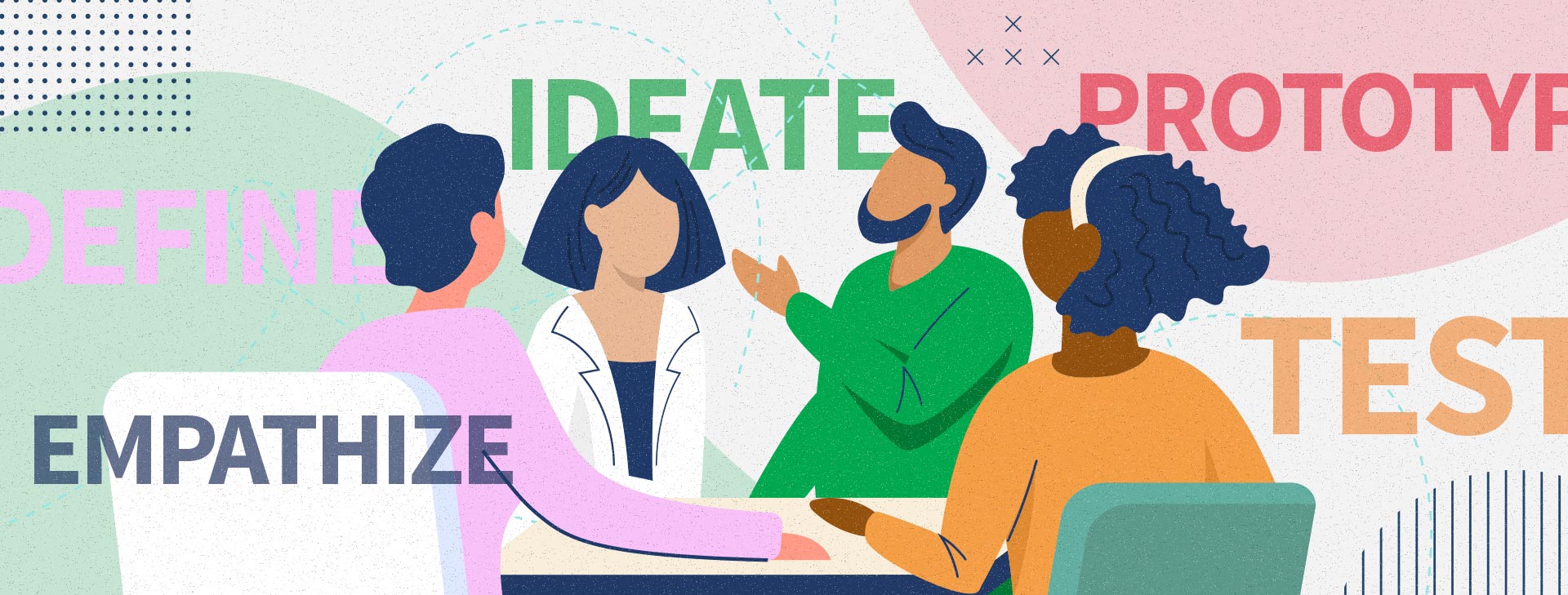
Putting Design First in Assessment System Design: Introducing the 2021 Reidy Interactive Lecture Series
Design Innovation in Educational Assessment Systems
Held each fall since 1999, the Reidy Interactive Lecture Series (RILS) provides a unique opportunity for a diverse group of participants to step back and discuss timely and important topics in assessment and accountability. For RILS 2021 we will gather to consider how states can employ lessons from design thinking as they attempt to create innovative assessment system design.
The Fall 2021 conference will again be a no-cost, virtual experience. In 2020, the Center sponsored the first virtual Reidy Interactive Lecture Series that saw overwhelming attendance and participation. This year we hope to sustain the great attendance and participation we saw last year, and we are excited to delve into the topic of Design Innovation in Educational Assessment Systems.
The Importance of Design
In a 2011 Wall Street Journal Op-Ed, Marc Andreessen, one of the inventors of the Mosaic-Netscape web-browser, declared that “Software is eating the world.” His statement refers to the way previously non-technological processes are now conducted by apps and technology; for example, Amazon and shopping/cloud-computing, Bitcoin and currency, the Internet and communication – the list can go on. Software is ubiquitous throughout our lives and is transforming the way we live.
Perhaps not as well known, but equally pervasive, are the processes used to create software, which could also fall under Marc Andreessen’s statement about “eating the world.” One of these processes that is undergoing rapid evolution due to software development is the process of design. The act of designing is thousands of years old, yet the design processes used today to build the hardware and software we all use – and largely without a second thought – are more involved and complex than at any other time in history. Thorough and well-implemented design processes address questions that lead to innovative and useful products (both physical and conceptual). Good design must go far beyond simply throwing spaghetti against the wall and seeing what sticks.

The Design Thinking Process
The process of design has become so widespread that it is not uncommon to see components of it taught in elementary school. My daughter’s first-grade class, for example, regularly engages in design thinking exercises. Far from simply being an intellectual exercise for children, universities like Stanford have opened entire schools devoted to researching and teaching better design practices.
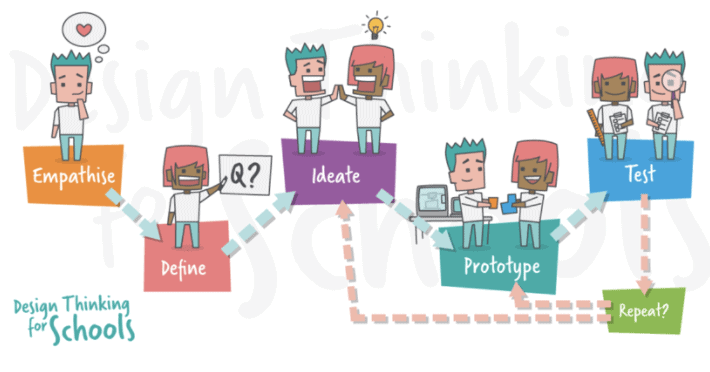
At the heart of modern approaches to design is a commitment to developing a deep and empathetic understanding of the product users. A deep understanding of user needs lays a strong foundation for rapid prototyping and scaling of what is hoped to be an innovative solution to a problem. And modern approaches to design include human-centered design.
Design First, Then Develop
What’s the difference between design and development? The production of software illustrates this distinction nicely: Whereas software designers are user-centric, focusing on the usability and appearance of a product, developers focus on the functionality and structure of a product, and do the actual coding that makes it “go”. The two tasks are essential to production but fundamentally different. When design gets swallowed up by development, the result is usually something akin to this image of a bloated control panel where all the necessary controls are crammed on the screen in a way that is just not intuitive for a user, making the task harder and more confusing. The example is the opposite of the Design Thinking Process.
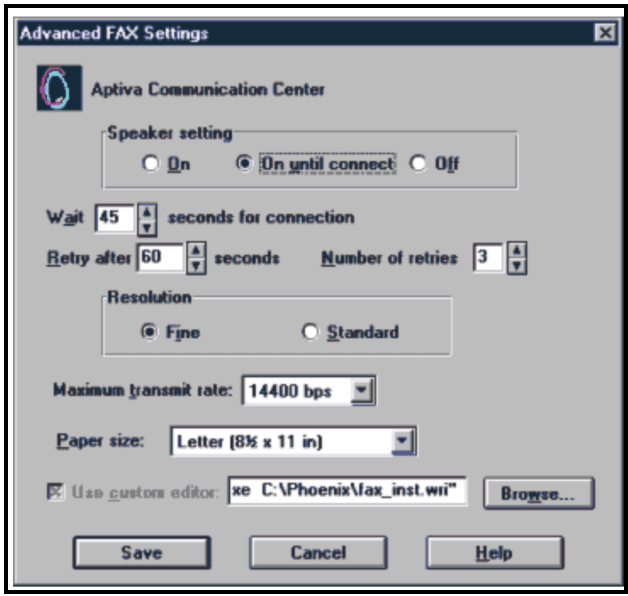
Innovative Assessment Systems Require Attention to “Design” and “Development”
Most of the tasks attended to historically during the “design” phase of a state assessment have been development tasks. Development is an essential component of assessment system creation; however, the focus on technical tasks has marginalized (or simply taken for granted) many user-centric tasks associated with design. This outcome should not come as a surprise.
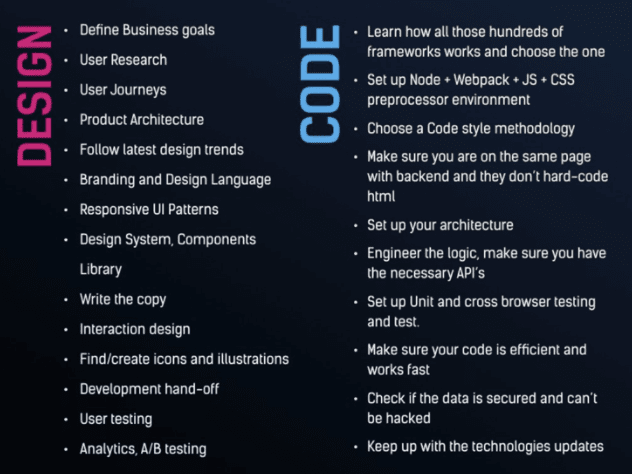
Assessment system “design” has long been led by assessment specialists who have deep expertise in the technical requirements associated with test construction. Attempts to infuse more systematic design processes, such as with evidence-centered design or principled assessment design, have often been constrained by time, cost, and federal requirements. With the desire to innovate becoming so great, we think it is time to take a step back and realize that innovation in complex settings requires meticulous design that not only serves the technical requirements but delivers an intuitive user experience as well.
Design Innovation, Assessment Systems, and RILS 2021
As an organization with deep expertise in assessment and accountability systems, we believe that creating true innovation in assessment systems will require putting design first with use- and user-centered processes that go beyond what has traditionally been employed.
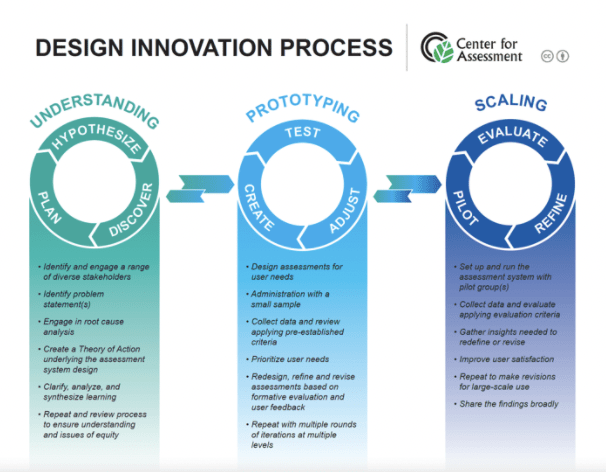
RILS 2021, Design Innovation in Educational Assessment Systems, will consist of 6 sessions where we take a deep dive into design and illustrate design processes that states can follow as they attempt to go beyond the status quo with assessment systems to create truly innovative solutions.
View resources from RILS 2021 here.

